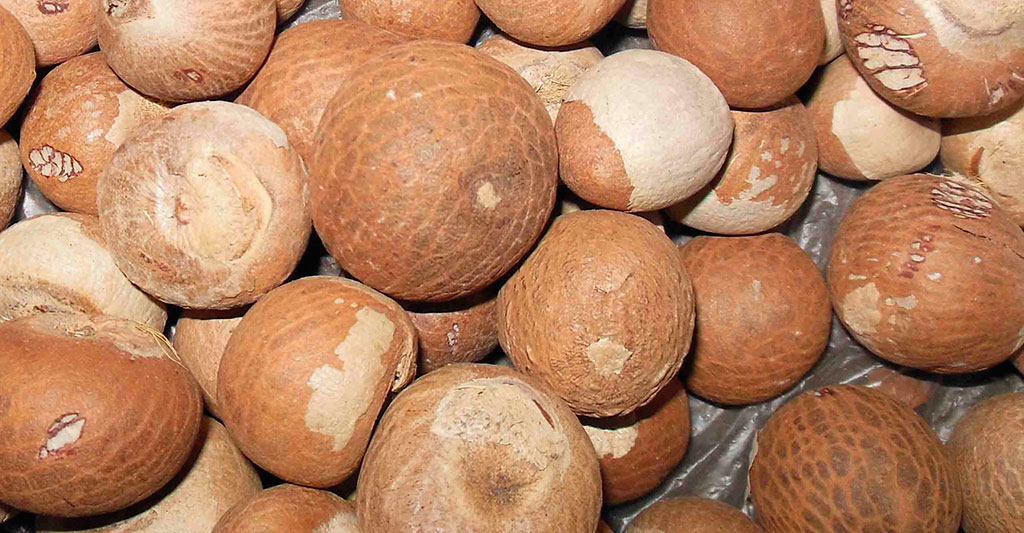When you know what to plant next to this or...
Areca Nut: A Friend or Foe?
Areca palm has seeds which are called betel nuts. Actually, it’s not a real nut, it’s more of a drupe. Betel nut is also known as areca nut. It is sold in fresh, dried and cured by baking, boiling, or roasting forms. The husk of a fresh fruit is green and the inside is so soft that can be easily cut with an ordinary knife. If the betel nut is ripe, the husk turns yellow or orange, the inside hardens and requires special scissors (like cutter, for instance) to be sliced.
✔ We Released The Areca HandBook
CLICK HERE TO LEARN MORE >>
This fruit is traditionally chewed together with betel leaf. It is considered to be a mild stimulant such as a cup of coffee, for example. Besides that, it can be used for treatment of schizophrenia; it is believed to cure an eye disorder (glaucoma); and it is known as a digestive aid (it stimulates appetite). Betel nut is sometimes used as a recreational drug due to its effect of speeding up the central nervous system (CNS).
Another benefit of this fruit is that it has antibacterial effects. Thus, previously it was a toothpaste ingredient aimed at preventing cavities.
The extract of this fruit is thought to be beneficial for stroke recovery. There were improvements in bladder control, muscle strength, speech of the people who was taking the extract.
However, there is little evidence that can support the use of betel nut for any therapeutic purpose. Unfortunately, the side effects outweigh all the benefits mentioned.










